Are you looking for a good spinning lure? Along with the rod itself and a good reel, this is one of the essential elements when it comes to spinning fishing. Here at Chinesteta we are experts in fishing lures, and in this article we will cover all the factors to be considered when choosing a good spinning lure.
Before getting into the subject, let’s review some key points about spinning: what it is, its most important features and why it is appealing to fishermen
An Introduction to Spinning Fishing
This type of sport fishing basically consists of the casting and reeling in of artificial fishing lures invite the fish to bite. Once in the water, the fisherman has to move the fishing lure in a certain way, imitating an injured fish. If everything goes as planned, the predators will confuse this with a real prey and attack the lure.
However, this is easier said than done since spinning requires some skill, involving plenty of practice to master it completely. The fisherman will have to choose a suitable rod and reel, and must know how to make the necessary movements to deceive the fish.
Ultimately, the movement of the lure is what makes spinning different. In fact, the name comes from the word “spin”, a reference to the movements that are made with the reel handle when we pick up the line.
This type of fishing can be practiced in both freshwater and the sea, and gives us a chance to catch fish of all different types and sizes. We’ll need to choose the appropriate gear for light, medium or heavy spinning, depending on the type of fish we want to catch. Our spinning fishing lure will have to be of the proper weight and size, and the rod action will have to be adapted to that. It is very common for fishermen who are experienced in spinning to have different equipment for each type of catch.
Spinning fishing has been gaining adherents, while the fish themselves have learned to distrust the classic bait and fishermen have been forced to resort to other methods. Spinning lures also offer greater control over the fishing process, and with a little practice it will be the fisherman who are able to provoke the fish’s attack, not having to wait for hours until he chooses to bite (if he chooses to bite!).
Choosing a Good Spinning Lure
Having a good spinning lure is fundamental if we want to get great catches and it’s these artificial fish that make this type of fishing so attractive. Choosing them is not always easy, and it’s important to take several points into account, which we’ll discuss below.
Choose a spinning lure with a good cast
The casting distance is very important if we want to reach the fish. In many cases, predators won’t be that close to us, and will be keep themselves at considerable distances to feed. Therefore, we’ll either have to use a lure that can be cast far enough, or we’ll simply be out of range.
Not all spinning fishing lures you find on the market fly well enough. Many of them don’t have the right weight, and the force of the air is enough to prevent them from reaching the expected distance. At Chinesteta, we manufacture wooden fishing lures by hand, which can withstand harsh wind and can reach up to 40 metres (130ft) farther than a traditional lure. In addition, we weight them individually and by hand, which enables them to travel even longer distances.
The floatation depth of the lure
There is one very important factor with this type of fishing, which is the depth the spinning lures remains at after entering the water. The submersion depth is basically the level of water in which the lure moves around.
Chinesteta Lures are surface lures, meaning they work in this area and do not submerge into deeper layers of water. Being on the surface, the spinning lure is visible all times, and the fisherman can see how it floats and its movement in the water. For fishermen who do spinning it is imperative to be able to see the position of the lure continually. If he can seeing how it moves, it will be much easier to modify its movement and make it more attractive for fish (especially for those fishermen who are beginners, and who have not yet fully mastered the technique).
The use of a surface lure is especially interesting because the predator’s bite is much more spectacular than with a lure that is submerged to a greater depth. This is because, with the lure being in sight, we can see the “explosion” in the water as the lure disappears out of sight. In just a few tenths of a second, our spinning fishing lure will be in the predator’s mouth. We’ll need to take great care to catch the fish and not let it escape!
The fishing lure movement in spinning
Of course the movement of the lure is essential in deceiving the fish. This point is what makes spinning different to other types of fishing, so we should take care in choosing the most suitable fishing lure.
This choice will vary depending on the type of movement we want to create. The most common movements in spinning fishing are as follows:
- Walking: This type of movement consists of short and rapid movements. It is ideal for floating stick baits, but also for sunken stick baits, poppers and pencil poppers.Lure example: Sea Bass 120
- Sliding: In this spinning fishing technique we make long, slow movements, with an open slip and a slow pick up.
Lure example: Sea Fishing 120 - Diving: When making a diving move, the fisherman lets the lure sink, while making downwards motions with the rod. Lure example: Stick 130
- Stop and go: We make successive stops while tugging on the lure.
- Popping: With this movement, we make short movements in order to make the mouth of the spinning lure collide with the water. This “shock” generates a sound, which attracts the fish and improves the chances of their attack. Lure example: Sea Bass 120
- Lineal: A pick up without stops. We cast the lure and pick it up, without making any moves with it. Lure example: Black Bass Propeller 120
Keep in mind the sound that your lure generates
We already introduced this, when we explained popping, but lets return to it now. The sound – or “no sound” – that your lure generates is very important. Our spinning lure may be quiet or produce certain noises when moving underwater. We’ll want to choose one or the other depending on the fish we want to catch, or the state in which these fish are. If the fish are nervous and aggressive, a lure that emits noise will tempt them and will likely make them to bite. If on the other hand, they are suspicious, a silent lure that will not frighten them is more appropriate.
All our Chinesteta models are manufactured without rattles. Predators are already accustomed to this type of noise, and relate them to fishermen. It is quite possible that they’ll swim away as soon as they are heard, and spoil your day of fishing.
Mistakes to avoid with spinning fishing
Not being careful with knots
It is important to tie knots well and check them before each fishing trip, so as to avoid losing the lures when casting. There are several fishing knots for spinning, and we can find many examples of them on the internet.
Disregarding your rod
The spinning lure is a basic item with this form of sport fishing, but we mustn’t forget the importance of a good rod. It will have to be the correct one to support the weight of our lure (they’ll be able to advise us on this in the store).
As we refine our technique and become more involved with fishing, we are likely to invest in more specialised equipment, which will of course be more expensive. Whether we are just starting out or if we are already experienced fishermen, we should always devote a few minutes to cleaning our rod. This process is very simple and helps keep our rod in good condition for much longer. You can do it with water and a brush, with more specialised products (like a silicone spray) or even with homemade mixtures, such as a mixture of water, detergent and vinegar. You can find dozens of tricks and advice from fishermen on the internet.
This point is especially important when fishing in the sea, because the salt can oxidise the rings and cause them to deteriorate in a very short time.
Using low quality rings and triples
Yes, the right triples and rings are very necessary when choosing a good spinning lure. It would not make sense to make an investment in quality equipment while disregarding this point, which is essential in achieving the desired catches. The triples and rings will have to be suitable for the area where we are fishing (sea or fresh water), and we should always check the tips to see that they are sharp and haven’t rusted.
Chinesteta spinning lures are handmade and feature high-quality reinforced triples that resist nitrate and fish bites without bending. It really has to be this way, because a good lure doesn’t make sense without a good hook to go with it.
These are all our tips for those fishermen who are looking for the best spinning lure and who want to get the best catch. Spinning is one of the most popular fishing methods for many different reasons, and more and more fishermen want to “give life” to their lures with various movements and techniques. With practice, good equipment and a lot of willpower, we’ll soon become experts in spinning fishing.
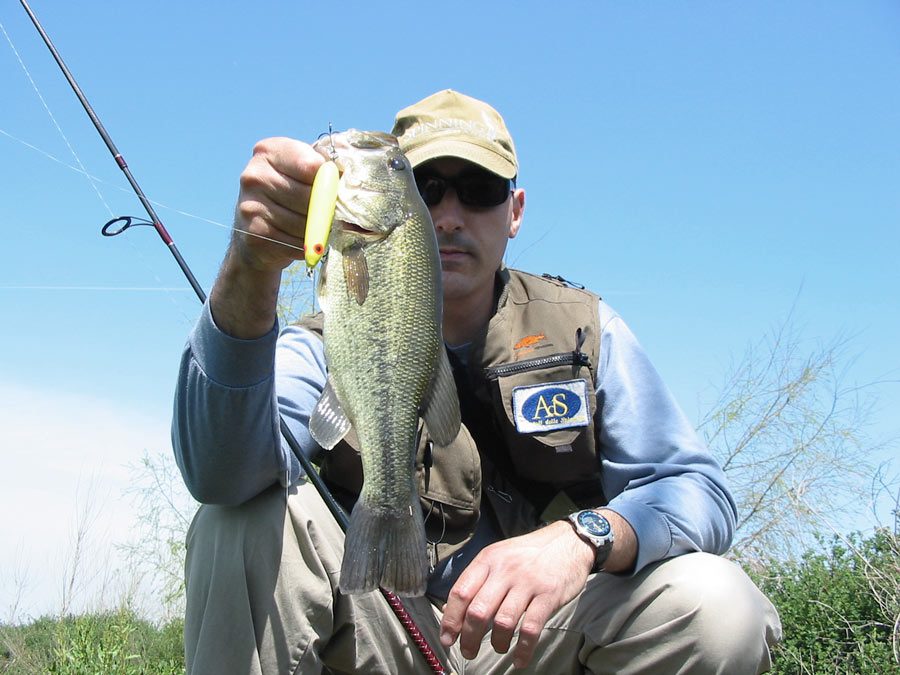
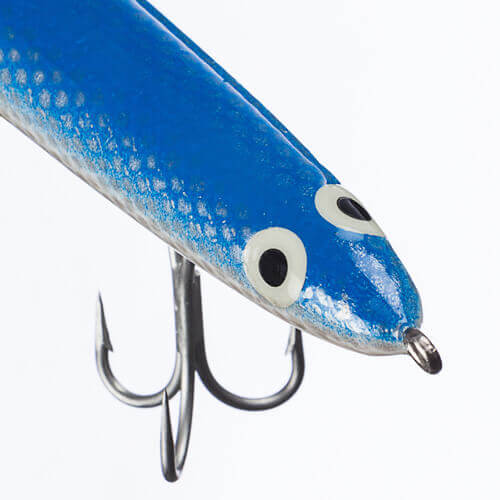
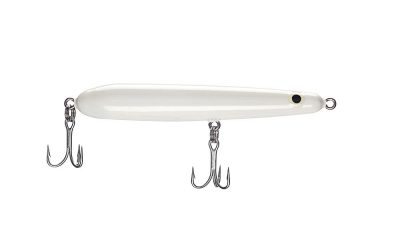
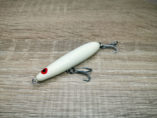
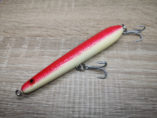
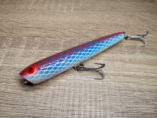

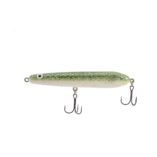
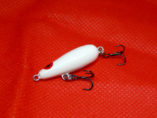



Hi!. Congrats for that great article. Muy bien explicado y con todos los detalles. Spinning Lures is key to spinning fishing. Regards from Spain.